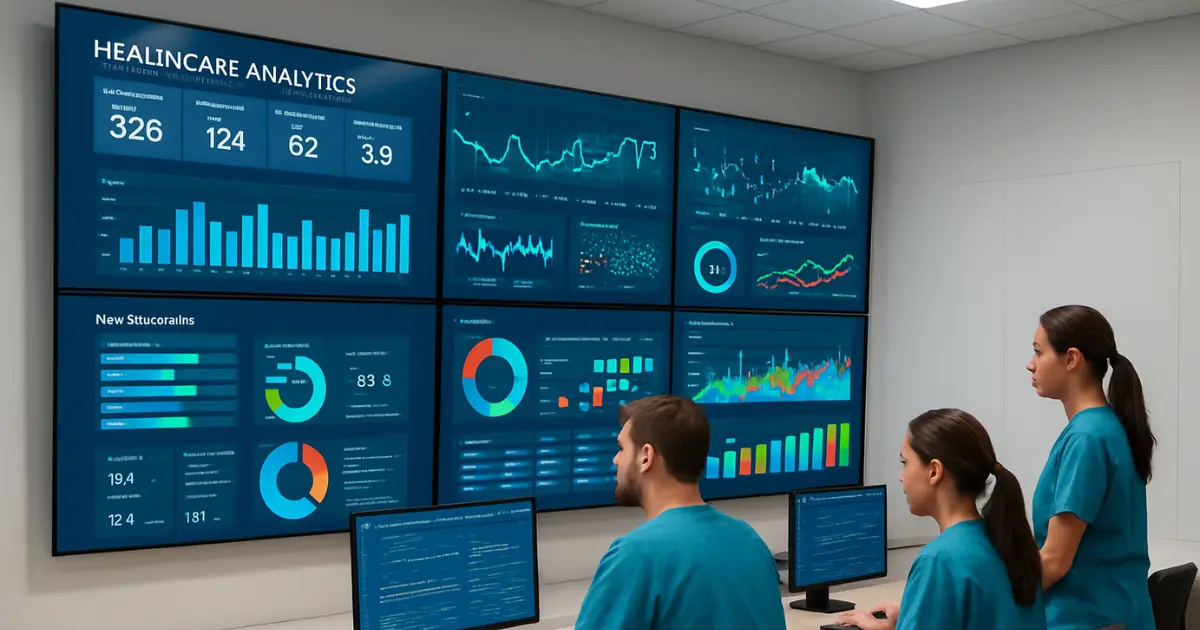In today’s digital-first healthcare landscape, telemedicine and virtual care have emerged as essential components of modern patient care. The rise of remote consultations, online monitoring, and digital communication has revolutionized how patients connect with healthcare providers. However, to manage these growing virtual interactions efficiently, healthcare organizations need a powerful system that keeps everything organized, personalized, and patient-focused.
That’s where Healthcare Customer Relationship Management (CRM) systems come into play. A well-integrated Healthcare CRM supports telemedicine and virtual care by improving communication, optimizing workflows, and ensuring better patient experiences—ultimately enhancing the overall quality of care.
1. The Growing Role of Telemedicine and Virtual Care
Telemedicine allows patients to consult with healthcare professionals from the comfort of their homes using digital platforms such as video calls, mobile apps, and online chat. Virtual care extends beyond consultations—it includes remote patient monitoring, digital prescriptions, and post-treatment follow-ups.
This digital transformation has made healthcare more accessible, convenient, and efficient, especially for patients in remote areas or those with chronic conditions who require ongoing care. However, as virtual healthcare interactions increase, managing patient data, communication, and engagement becomes more complex. That’s where Healthcare CRMs provide crucial support.
2. Centralized Patient Data Management
One of the most significant challenges in telemedicine is managing large volumes of patient information across multiple platforms. A Healthcare CRM acts as a centralized database that collects and organizes patient data from different sources—appointments, chat logs, medical records, and lab results.
This unified view ensures that healthcare providers have real-time access to accurate patient histories during virtual consultations. It also reduces the risk of errors caused by fragmented data systems and allows doctors to make more informed decisions quickly.
3. Streamlining Virtual Appointment Scheduling
Scheduling virtual consultations can be complex when handled manually. CRMs simplify this process through automated appointment scheduling and reminders.
Patients can book telemedicine appointments online, receive instant confirmations, and get automated reminders via SMS or email. On the provider’s side, CRMs sync calendars, reduce double bookings, and help manage workloads efficiently.
This automation not only improves efficiency but also enhances the patient experience by making it easy and convenient to access virtual care services.
4. Personalized Communication and Patient Engagement
Maintaining engagement in virtual care settings requires personalized, consistent communication. Healthcare CRMs enable providers to send customized messages, such as post-consultation summaries, health tips, and follow-up reminders, based on each patient’s condition and preferences.
For example:
- Patients with diabetes can receive regular reminders for glucose monitoring.
- Patients undergoing virtual physiotherapy can get motivational updates and progress tracking emails.
This kind of personalized engagement helps patients feel cared for—even from a distance—and strengthens long-term relationships.
5. Supporting Remote Patient Monitoring
Virtual care often involves remote monitoring devices that track vital signs such as heart rate, blood pressure, and oxygen levels. A CRM can integrate with these monitoring systems, automatically collecting data and alerting healthcare professionals when any irregularities are detected.
This proactive approach enables early intervention and helps providers manage chronic conditions more effectively. It also reassures patients that their health is being monitored continuously, even outside of traditional clinical settings.
6. Enhancing Data Security and Compliance
Patient privacy and data security are top priorities in telemedicine. Healthcare CRMs come equipped with robust security features such as encryption, access control, and audit trails to ensure compliance with data protection regulations like HIPAA (in the U.S.) or other regional standards.
By managing sensitive patient data securely, CRMs build patient trust in virtual care services. Secure data management also allows providers to store and share information safely across departments, ensuring continuity of care.
7. Automating Administrative Tasks
Telemedicine can generate a high administrative workload—from appointment coordination to billing and reporting. CRMs automate many of these processes, freeing up staff time for patient-focused tasks.
For example, CRMs can:
- Automatically generate digital invoices and payment reminders.
- Record patient feedback after virtual sessions.
- Maintain detailed logs of all virtual interactions for reporting and compliance purposes.
Automation not only improves efficiency but also reduces human error—ensuring smoother operations in virtual healthcare environments.
8. Improving Patient Feedback and Satisfaction Tracking
Virtual care success depends heavily on patient satisfaction. Healthcare CRMs help organizations measure this by collecting and analyzing patient feedback through surveys or online reviews after telemedicine sessions.
These insights help healthcare providers identify pain points—such as long wait times or connectivity issues—and make necessary improvements. Tracking satisfaction trends also allows organizations to continually refine their virtual care offerings and strengthen patient loyalty.
9. Enabling Data-Driven Decision Making
Healthcare CRMs provide powerful analytics tools that give insights into patient behavior, consultation frequency, and treatment outcomes.
For example, data can reveal which services are most in demand, which times patients prefer for virtual appointments, or where follow-up rates are lowest. These insights help healthcare providers optimize their telemedicine strategies and allocate resources effectively, leading to improved care delivery and patient satisfaction.
10. Facilitating Continuity of Care
In virtual healthcare, continuity of care is crucial—especially when patients move between online and in-person visits. CRMs ensure seamless transitions by maintaining a unified patient record accessible to all healthcare professionals involved in the patient’s treatment.
This continuity means that patients receive consistent, coordinated care regardless of where or how they interact with their provider. It also minimizes redundant tests and improves communication between departments.

Conclusion
The integration of Healthcare CRMs with telemedicine and virtual care systems represents a major leap toward patient-centered, efficient, and data-driven healthcare.
By centralizing patient data, personalizing communication, automating processes, and enhancing security, CRMs empower healthcare providers to deliver high-quality virtual care experiences. Patients, in turn, enjoy greater convenience, transparency, and engagement.
As virtual healthcare continues to grow, adopting a robust CRM system will be essential for any organization seeking to stay ahead of the curve—ensuring that technology enhances, rather than replaces, the human touch that defines great healthcare.







